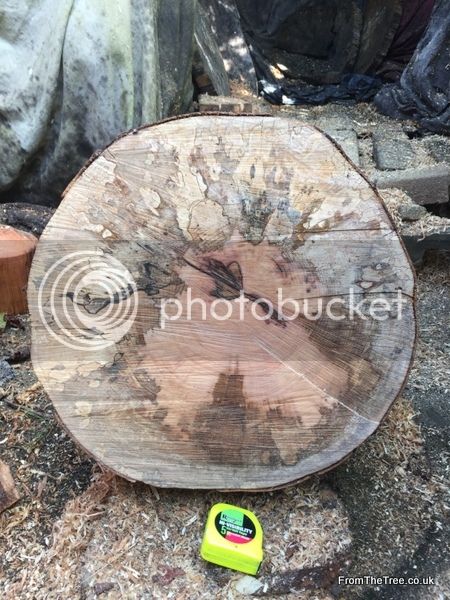cornucopia
Established Member
hello folks
I have cut the last of a batch of beech that I bought about 3 years ago, I wanted it to spalt with lots of zonal lines but it had other ideas!!
here are two beech logs, both were about 20" wide and by the time the ends were trimmed the blanks from them were about 14/15" long.
this one had better figure but had gone too far in places....

so I cut around the rot and got one 8" blank and two at nearly 5"

the next log wasn't as good and had fine splits in one side

but I managed to get two 6" and two 5" from this log (you can see the splits highlighted in red at the top of the log)

here are the blanks

and here are two similar shaped pieces which I made from a previous log from the same batch




I have cut the last of a batch of beech that I bought about 3 years ago, I wanted it to spalt with lots of zonal lines but it had other ideas!!
here are two beech logs, both were about 20" wide and by the time the ends were trimmed the blanks from them were about 14/15" long.
this one had better figure but had gone too far in places....

so I cut around the rot and got one 8" blank and two at nearly 5"

the next log wasn't as good and had fine splits in one side

but I managed to get two 6" and two 5" from this log (you can see the splits highlighted in red at the top of the log)

here are the blanks

and here are two similar shaped pieces which I made from a previous log from the same batch




































